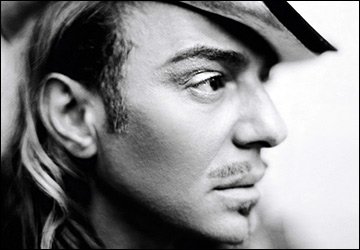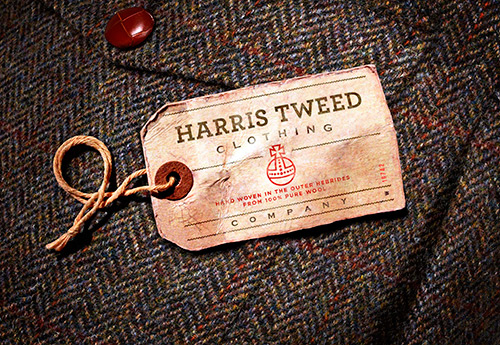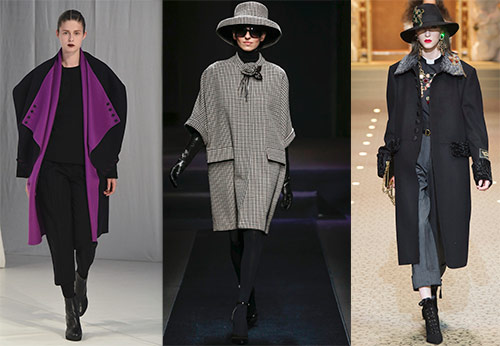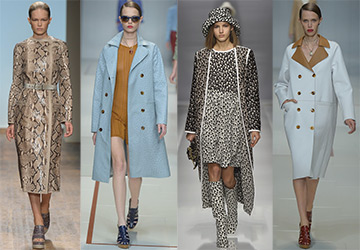Fashion history
Duffle coat - history of creation
The history of the duffle coat coat is usually counted from the time of the First World War, when every English sailor walked about in this coat. However, this coat appeared somewhat earlier. 20-25 years before the start of the war in Great Britain, but not in the army, but in the sewing studio of John Portridge.
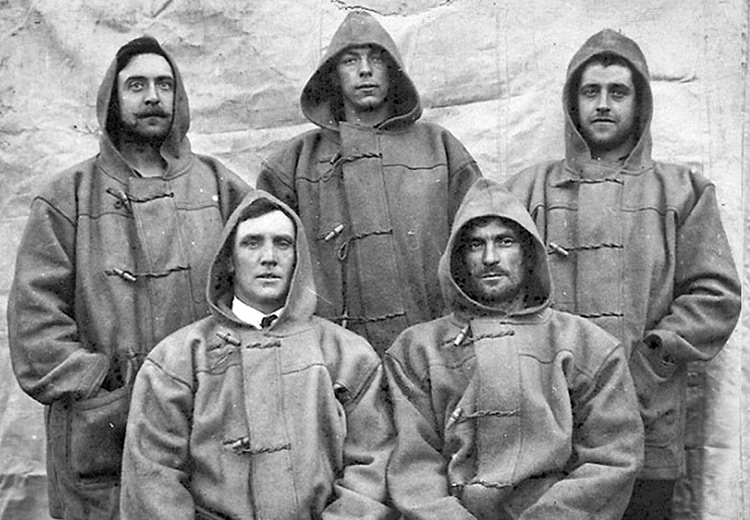
In addition to tailoring casual clothes for the average Englishman, John took time to study different fabrics... One of the largest suppliers of fabrics at that time was the Belgian town of Duffel, which exported fabrics throughout Europe since the 15th century. Among the entire assortment, a coarse woolen fabric "Duffel" was considered the trademark, from which warm cheap shirts and duffel bags were sewn. It was this fabric that John Portridge ordered for study and experimentation.
From this fabric, John sewed a coat, while, at the same time, he took as a basis a Polish frock coat, produced at the beginning of the 19th century and enjoying great popularity in his homeland. Like the future duffle coat, the frock coat had a loose fit, a large hood and fasteners on the ropes. At first, the duffle coat was not very popular, but once it caught the eye of Field Marshal Bernard Montgomery, who found it practical enough for the army's needs.
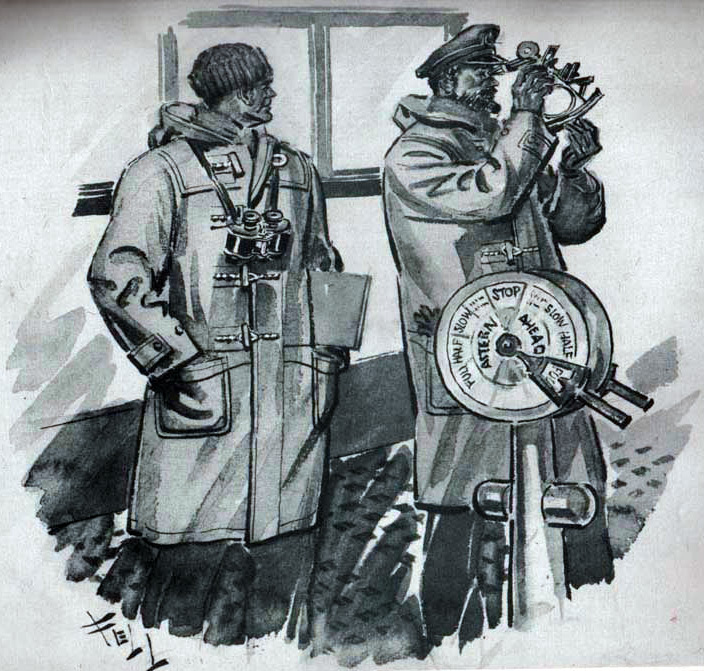
The British navy considered Montgomery's find to be successful, but it was decided to use English fabric for sewing. The British analogue of the duffle changed its name to "duffle", and the coat itself acquired a lining of Scottish cage... By the First World War, duffle coats began to be issued to sailors.
Quite quickly, the coat passed the tests and gained confidence, because even during a stormy wind, the duffle coat did not let you freeze, the fabric almost did not get wet, the buttons were easily fastened even with powerful gloves, the large hood was conveniently thrown over the cap, and the pockets contained all the necessary little things.
By the beginning of World War II, Montgomery gave the order to sew coats for all military personnel, thanks to which duffle coats received the second name "Monticot", after the good general nickname Monty. However, Monty was not the only connoisseur of this coat. Another general, David Sterling, did not take off his duffle coat even during military operations in the desert, and ordinary sailors, upon returning home, continued to wear practical coats all year round.
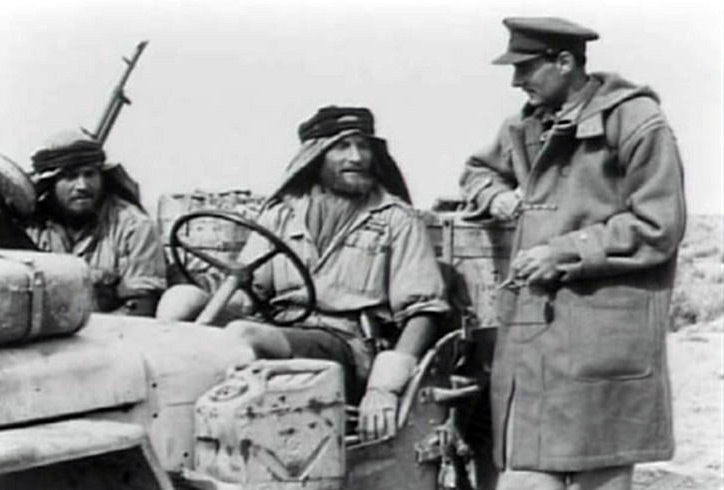
After the end of the war, large numbers of duffle coats, unused by the army, flooded the clothing market, and quickly won the trust and love of the younger generation. And the remnants of the fabric from the military warehouses were sold to Harold Maurice, the owner of Gloverall.
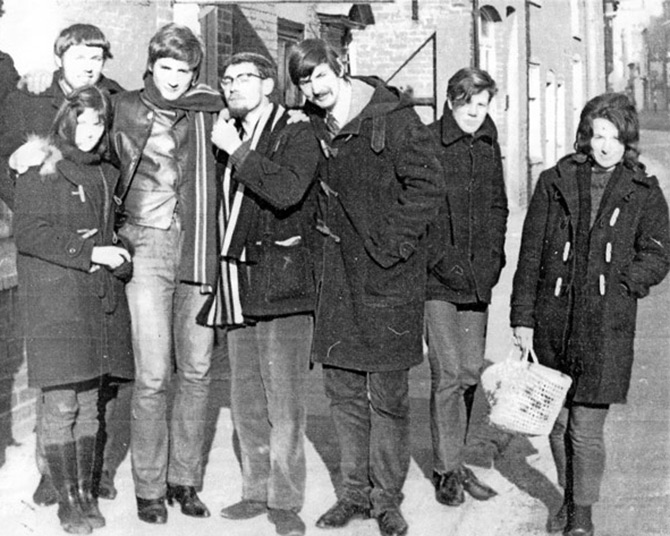
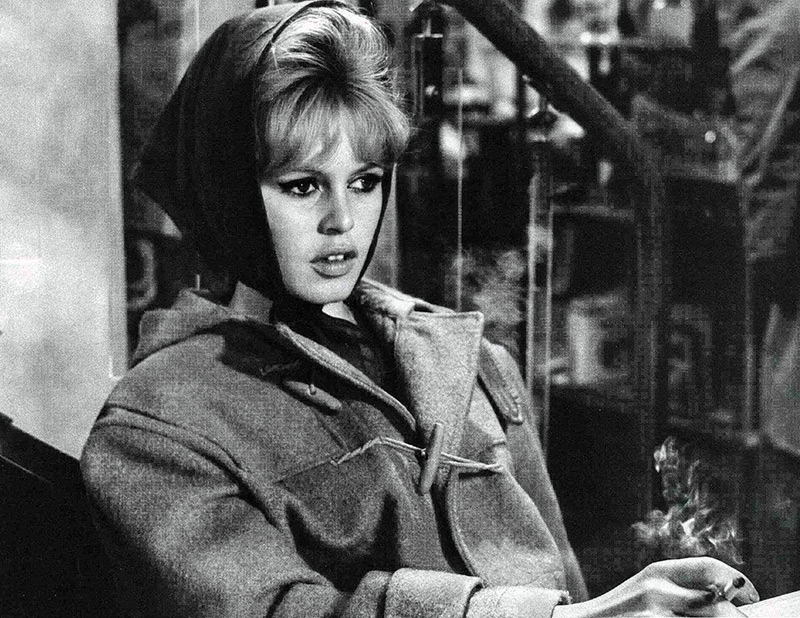
Gloverall has redesigned the duffle coat, which adds a rim over the pocket and reduces the length. The military version of the duffle coat had a length almost to the knee, because it was practical in harsh conditions, and the peaceful version was shortened to about mid-thigh.
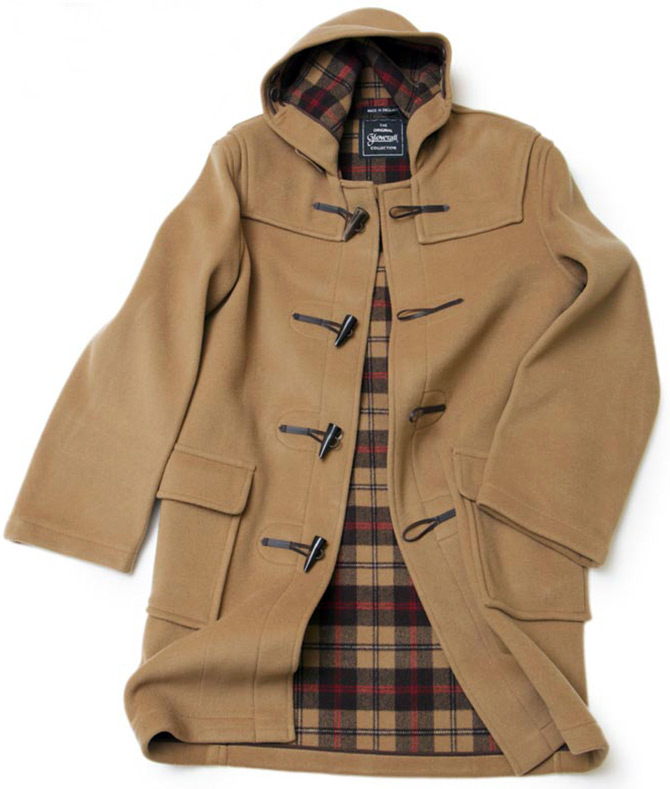
In addition to the side over the pocket and the length, the fasteners have changed. The Gloverall duffle coat is adorned with horn clasps with leather loops. The people called them "walrus tusks". Gloverall coat is still considered the most original version of a duffle coat, and an affordable price allows all connoisseurs of traditions to purchase this coat.
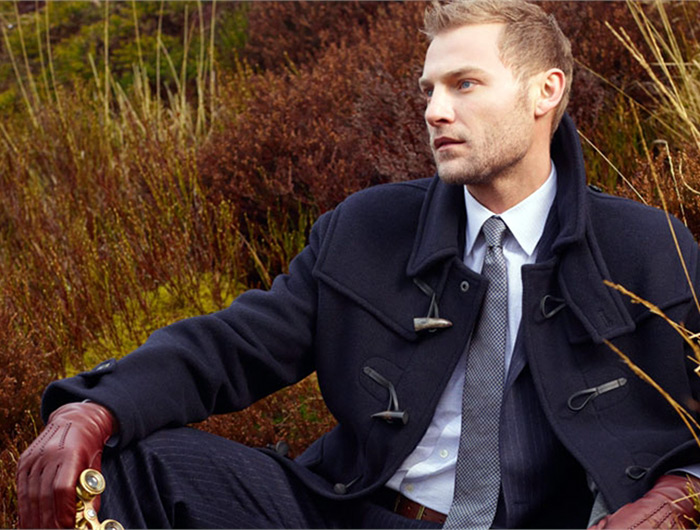
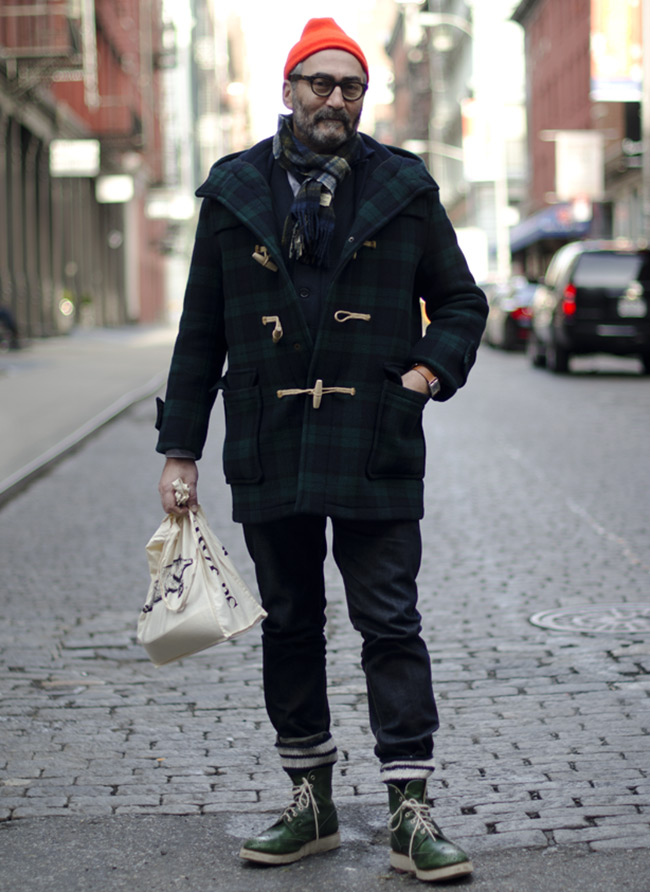
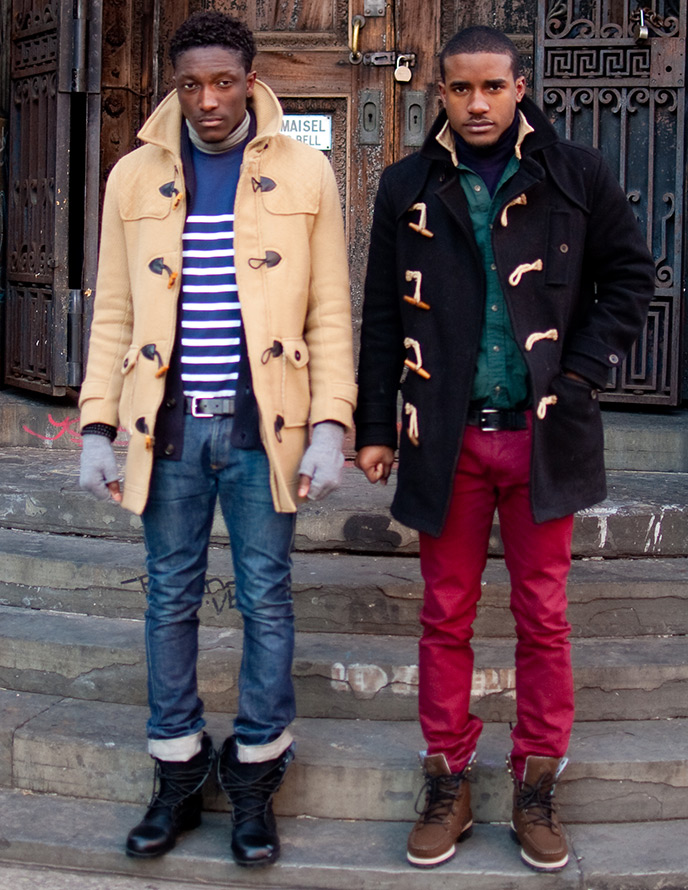
Comments and Reviews
Add a comment
Rating news
Shades of clothing that make women look younger
What shades of hair make women younger: rules and photos
Funny wedding dresses - photos and ideas
12 most expensive down jackets for the winter
How to look 25 at 40: tips from supermodels
Beautiful schoolgirls
Anti-aging haircuts and hairstyles for women
Fashionable skirts for autumn and winter
Fashionable women's trousers for the cold season
Fashionable and stylish sandals for summer 2024
Spring-summer 2024
 Fashionable dresses and tops with thin spaghetti straps
Fashionable dresses and tops with thin spaghetti straps
 Bandana tops: how to wear stylishly and beautifully
Bandana tops: how to wear stylishly and beautifully
 How to put together the perfect men's wardrobe for the summer
How to put together the perfect men's wardrobe for the summer
 Fashionable shorts for spring-summer 2024
Fashionable shorts for spring-summer 2024
 Fashionable skirts for spring-summer 2024: a guide to online shopping
Fashionable skirts for spring-summer 2024: a guide to online shopping
 The most fashionable dresses spring-summer 2024: styles and colors
The most fashionable dresses spring-summer 2024: styles and colors
 Fashionable total look 2024: ideas of images and trends
Fashionable total look 2024: ideas of images and trends
